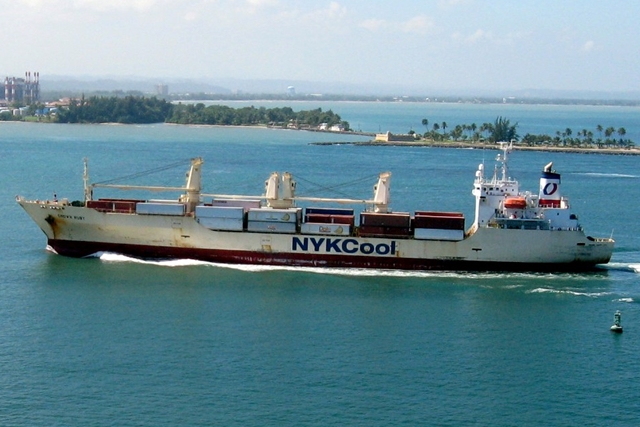– Contributed content –
16 Feb. 2019. Digital technology has been transforming the maritime industry, allowing tasks to be automated and allowing better quality data to be collected. This has had an incredible impact on the safety of ships. Here are just several big technological developments in safety that future ships may depend on.
Improved weather forecasts
Being able to predict sea conditions is essential for any ship. Today’s ships use computers with satellite information to give very accurate predictions of the ocean ahead. This can allow ships to safely navigate past dangerous storms. Weather forecasts are still not perfect, however they could be in the future – algorithms are currently in the works to create computer models of the Earth’s atmosphere and oceans that can react to every change in weather and predict the precise path of storms, although it could be a good few years until these algorithms are perfected.
IoT maintenance
The internet of things (IoT) – also known as smart technology – involves connecting various objects to the internet so that they can be remotely controlled and monitored. Within a ship, it’s now possible to connect all kinds of appliances and machinery this way from the engines to the ship’s lighting. This can allow the entire ship to be monitored for faults from a single computer rather than getting a technician to individually service every part of the ship. Such technology can even predict faults before they happen by using sensors to monitor the wear and tear of parts. In the future, ships could even have robots that are able to carry out these repairs remotely.
Passenger screening with wearable tech
A company called ScanReach has been making developments into passenger safety that could transform safety and security within cruise ships and ferries in the future. Every passenger can be given a wearable wristband, allowing their location to constantly be monitored within the ship. If a passenger goes missing, this technology could help to locate them.
Drone surveillance
Slips and falls among ship workers are common and can lead to nasty injuries. This can lead to costly lawsuits for shipping companies due to a violation of the Jones Act – there are a growing number of maritime accident attorneys who handle Jones Act claims. To help improve safety on deck, ships are now starting to use drones for surveillance. This can prevent employees having to climb slippery ladders to monitor the condition of communication masts and other parts of the ship.
Virtual reality training
VR is becoming a great training tool for ship crews by helping to simulate storms. This can allow ship staff to prepare for these situations so that they can react to them more competently if they arise. This could help to save lives in emergencies.
* * *


 RSS - Posts
RSS - Posts
[…] you rid your firm of the rot that might have grown in this way. This helps you ensure your firm is continually relevant and excellent, and keeps a strong sense of office […]